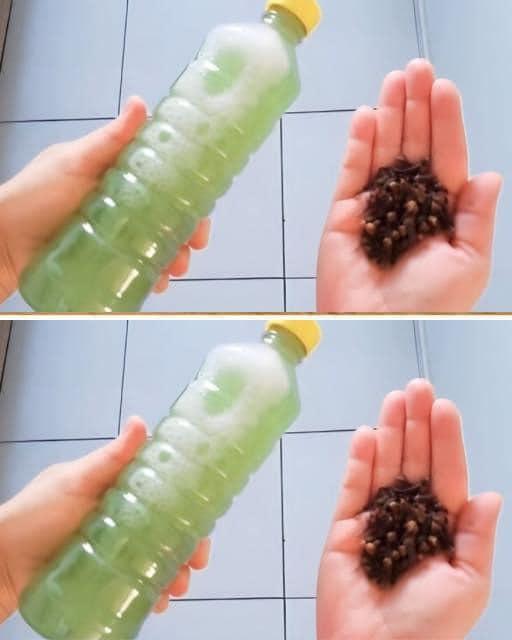ADVERTISEMENT
#### 5. **Excitement or Submissive Urination**
Dogs, particularly puppies or young dogs, may urinate when they’re overly excited, such as when greeting someone. Similarly, submissive urination can occur when a dog feels intimidated or wants to demonstrate submission to a person or other animal. This kind of behavior is usually seen in puppies or dogs with low confidence.
#### 6. **Changes in Environment or Routine**
Dogs are creatures of habit. If there’s a change in their routine, such as a new home, new family members, or a change in your schedule, it can cause confusion or anxiety, which may result in indoor urination. Dogs might also urinate indoors if they are left alone for longer periods than usual.
#### 7. **Insufficient Opportunities to Go Outside**
Sometimes, dogs may urinate inside simply because they are not given enough opportunities to go outside. If you work long hours or your dog is left alone for an extended period without access to the outdoors, they may not be able to hold it in and will relieve themselves inside.
### How to Stop Your Dog from Peeing Inside: Step-by-Step Strategies
Now that we have an understanding of why dogs might urinate inside the house, it’s time to dive into strategies for addressing and correcting the behavior. The following tips will help you tackle the issue from various angles, addressing both behavioral and environmental factors.
#### 1. **Start with Basic Potty Training**
If your dog is a puppy or has not been properly potty trained, you’ll need to establish a consistent and structured potty training routine. Here’s how you can get started:
**a. Set a Schedule:**
Puppies and adult dogs alike benefit from a regular potty schedule. Set specific times during the day when you take your dog outside, such as first thing in the morning, after meals, before bed, and after play sessions. Consistency is key, as it helps your dog associate these times with the need to go potty.
**b. Take Your Dog Outside Frequently:**
In addition to scheduled potty breaks, take your dog outside after any activity that might trigger the urge to pee. This includes eating, drinking, playing, or waking up from a nap. Puppies, in particular, may need to go outside every 30 minutes to an hour.
**c. Praise and Reward:**
Positive reinforcement is one of the most effective ways to encourage good behavior. Every time your dog urinates outside, reward them with praise, a treat, or affection. This reinforces the idea that going potty outside is a good thing and helps them learn where to go.
**d. Supervise Indoors:**
When your dog is inside the house, supervise them closely, especially when they’re learning where to go potty. If you catch them in the act of peeing inside, immediately take them outside to finish the job and praise them for doing it in the right place.
#### 2. **Address Medical Issues**
If your dog suddenly starts urinating inside despite being house trained, it could be a sign of a medical issue. Medical problems such as urinary tract infections, bladder infections, or kidney disease can cause frequent urination or accidents. Here’s what you should do:
**a. Visit the Vet:**
If your dog is urinating more frequently, seems to have trouble holding it in, or shows signs of discomfort while urinating, schedule a vet appointment as soon as possible. The vet will be able to perform tests and identify if there are any underlying health issues.
**b. Treat the Medical Condition:**
If your dog is diagnosed with a medical condition, follow the vet’s instructions for treatment. In some cases, medication may be necessary to address infections or other health issues. After the condition is treated, your dog should regain control over their bladder.
#### 3. **Deal with Separation Anxiety**
If your dog is urinating inside due to separation anxiety, they may need additional training and behavior modification. Here’s how to manage separation anxiety:
For Complete Cooking STEPS Please Head On Over To Next Page Or Open button (>) and don’t forget to SHARE with your Facebook friends
